Come join us now, and enjoy playing your beloved music and browse through great scores of every level and styles!
Can’t find the songbook you’re looking for? Please, email us at: sheetmusiclibrarypdf@gmail.com We’d like to help you!
Table of Contents
William Grant Still: Three Visions (Suite for piano solo)
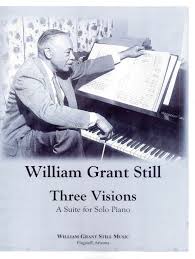
Best Sheet Music download from our Library.
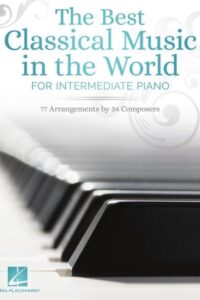
Please, subscribe to our Library.
If you are already a subscriber, please, check our NEW SCORES’ page every month for new sheet music. THANK YOU!
0:00 – Dark Horseman 1:30 – Summerland 6:00 – Radiant pinnacle
Browse in the Library:
Or browse in the categories menus & download the Library Catalog PDF:
William Grant Still
William Grant Still (1895 – 1978) was an American composer, arranger, conductor, and multi-instrumentalist, often called “the Dean of African American composers.” He was the first African American to have a symphony performed by a major orchestra in the United States, the first to conduct a major symphony orchestra, and the first to have an opera produced by a major opera company.

Early Life and Education
- Born on May 11, 1895, in Woodville, Mississippi, and raised in Little Rock, Arkansas.
- His father died when he was an infant, and his mother, a teacher, encouraged his musical interests.
- Studied at Wilberforce University, where he initially pursued medicine but shifted to music.
- Later trained at the Oberlin Conservatory of Music, then studied composition with George Whitefield Chadwick and later with avant-garde composer Edgard Varèse in New York.
Career and Achievements
- Worked as an arranger for popular and jazz bands in New York, including for W. C. Handy and Paul Whiteman.
- Became involved with the Harlem Renaissance, blending African American musical traditions with classical forms.
- His Symphony No. 1 “Afro-American” (1930) was the first symphony by an African American to be performed by a major U.S. orchestra (Rochester Philharmonic, 1931).
- Conducted the Los Angeles Philharmonic at the Hollywood Bowl in 1936, making him the first African American to lead a major orchestra in the U.S.
- His opera Troubled Island (1939, libretto by Langston Hughes and Verna Arvey) was the first by an African American staged by a major company (New York City Opera, 1949).
Musical Style
- Fused classical European traditions with African American idioms: blues, spirituals, jazz, and folk tunes.
- Emphasized lyricism, accessibility, and cultural expression rather than strict modernist abstraction.
- Advocated for a distinctly American classical music rooted in Black cultural traditions.
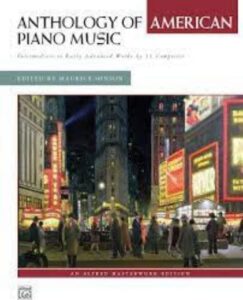
Notable Works
- Symphonies: Afro-American Symphony (No. 1), Song of a New Race (No. 2), The Sunday Symphony (No. 3), Autochthonous Symphony (No. 4), Western Hemisphere Symphony (No. 5).
- Operas: Troubled Island, A Bayou Legend, Highway 1, U.S.A.
- Chamber & Vocal Music: Lyric Quartette, Danzas de Panama, many art songs.
- Also wrote for radio, film, and popular ensembles.
Legacy
- Broke multiple racial barriers in American classical music.
- Opened doors for later generations of African American composers and performers.
- His works are increasingly studied and performed, recognized as cornerstones of 20th-century American music.
- Died in Los Angeles, California, on December 3, 1978.
William Grant Still’s music stands out for celebrating African American heritage within the classical tradition, offering a unique and dignified voice at a time when systemic racism excluded many Black composers from mainstream recognition.
Three Visions (1935) is one of William Grant Still’s most powerful works for solo piano. It is a short suite in three movements, deeply symbolic, written during the Harlem Renaissance period when Still was developing a distinctive African American voice within classical idioms. The suite is often regarded as a spiritual and philosophical statement on the human soul’s journey after death.
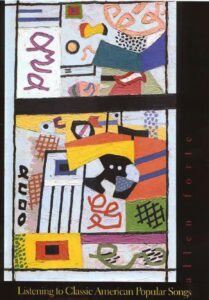
Three Visions (1935) Overview and Musical Analysis
- Title: Three Visions (for solo piano)
- Date: 1935
- Movements:
- Dark Horsemen
- Summerland
- Radiant Pinnacle
- Theme: The cycle represents the progression of the human soul: confrontation with death, passage to spiritual peace, and ultimate ascension.
1. Dark Horsemen
- Character: Turbulent, dissonant, and rhythmically urgent.
- Musical features:
- Rapid ostinati and syncopations drive the texture.
- Dense chords, sharp dynamics, and angular melodies suggest violence and inevitability — the soul’s confrontation with mortality.
- Harmonic language: rooted in tonal centers but heavily chromatic, with influences from early modernism (Still studied with Varèse).
- Strong percussive writing evokes imagery of galloping horses (possibly a reference to the biblical Four Horsemen of the Apocalypse).
Interpretation: This movement symbolizes the struggle and chaos of death, the breaking away of the soul from earthly ties.
2. Summerland
- Character: Gentle, lyrical, and serene — the most frequently performed movement.
- Musical features:
- Lush, hymn-like melody in the middle register, often played with a singing legato.
- Rich Romantic harmonies, influenced by Chopin and Debussy but colored with blues-inflected lines.
- Transparent texture, long sustained chords, and rubato create a meditative atmosphere.
- Tonal stability (often interpreted in D♭ major) provides calmness.
Interpretation: Summerland represents the spiritual paradise the soul reaches after death — peaceful rest and eternal beauty.
This movement is sometimes performed alone as an independent concert piece or even arranged for orchestra.
3. Radiant Pinnacle
- Character: Triumphant, luminous, and ascending.
- Musical features:
- Energetic rhythms, sweeping arpeggios, and brighter harmonies than in the previous movements.
- Builds momentum with a sense of striving upward, often through sequences and rising melodic gestures.
- Tonal clarity, major sonorities, and climactic chords express transcendence.
- Harmonically more consonant than Dark Horsemen, but with modern chromatic coloring.
Interpretation: This final movement depicts the soul’s union with the divine, ascending to its highest state — ultimate illumination.
Stylistic Significance
- Still fuses African American spiritual aesthetics (hymn-like phrasing, blues shadings, and rhythmic vitality) with Romantic piano traditions and 20th-century modernism.
- The three movements form a narrative arc: struggle → peace → transcendence.
- Philosophically, the suite echoes African American religious culture, yet framed in a universal human story of death and renewal.
In short, Three Visions is both a musical poem and a spiritual statement. It demonstrates Still’s ability to merge classical craft with African American cultural expression, creating a deeply humanistic and uplifting work.
Perfect — let’s dive into a harmonic walkthrough of “Summerland” from William Grant Still’s Three Visions. Since this movement is often performed alone and is the most tonal of the suite, it lends itself beautifully to harmonic analysis.
(Note: Exact bar numbers vary depending on the edition, but I’ll give the progression in sections. The piece is most often read in D♭ major.)
“Summerland” — Harmonic Analysis
Opening (mm. 1–4)
- Key: D♭ major
- Chords:
- I (D♭ major) — tonic established gently, hymn-like.
- IV (G♭ major) with added 6th/9th sonorities.
- I again, enriched by suspensions and inner voice motion.
The effect is calm, hymn-like stability. Still avoids strong cadences, instead sustaining a floating atmosphere.
First Phrase (mm. 5–12)
- Melody enters in the middle register, supported by soft chords.
- Progression:
- I → V/vi → vi (B♭ minor) → ii (E♭ minor) → V (A♭ major).
- Resolves back to I (D♭).
This is a classical diatonic motion but with added-color tones (6ths, 9ths), giving a Debussy-like lushness. The move to vi and ii emphasizes a spiritual, tender quality rather than dramatic tension.
Second Phrase (mm. 13–20)
- More chromaticism enters.
- Chords:
- I → ♭VII (C♭ major) → IV (G♭) → ii7 (E♭m7) → V7 (A♭7).
- Resolution: cadences softly back to I.
The use of ♭VII (C♭) is borrowed from folk/blues progressions. It enriches the harmony with a distinctly African American inflection inside an otherwise classical framework.
Climactic Middle Section (mm. 21–32)
- Harmonically more adventurous:
- Alternation between vi (B♭ minor) and IV (G♭ major).
- Sequence through chromatic mediants: I (D♭) → iii (F minor) → V/ii (F7) → ii (E♭ minor).
- Approaches V7 (A♭7) with stronger rhythm and dynamics.
The chromatic mediant shifts (D♭ → Fm → A♭) give the impression of warmth and expansion — the soul ascending in vision.
Return (mm. 33–40)
- Recapitulation of the opening theme.
- Progression largely tonic (I), with embellishments:
- I → IV → ii7 → V7 → I.
- Still decorates the chords with added 9ths and 11ths, keeping the sound lush and modern.
Coda (mm. 41–end)
- Gentle descent, cadencing finally on a pure I (D♭ major).
- Chords sustain with long fermatas, creating timeless stillness.
The coda is essentially a plagal cadence (IV → I), which resonates with the feeling of a hymn or spiritual.
Summary of Harmonic Style in “Summerland”
- Foundation: Firmly tonal, centered in D♭ major.
- Coloration: Use of added 6ths, 9ths, 11ths for lush textures.
- African American inflection:
- Borrowed ♭VII (C♭ major) → I.
- Blues-like coloring of melodic lines (flattened 3rd, 7th inflections).
- Narrative arc: Gentle tonic → chromatic expansion → luminous return.
- Effect: A meditative vision of paradise — serenity, lyricism, timeless rest.
So, harmonically, Summerland balances European Romanticism (Chopin, Debussy) with African American idioms (bluesy modal borrowing, plagal cadences). This is why it feels both “classical” and “soulful.”
| Artist or Composer / Score name | Cover | List of Contents |
|---|---|---|
| Nat King Cole I’m in the mood for love | I’m in the mood for love | |
| Nat King Cole Lush Life Sheet Music |
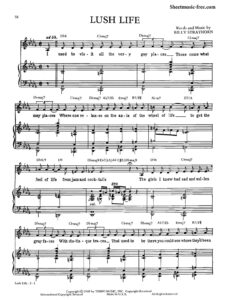 |
|
| Nat King Cole Smile (by Turner, Parsons and Chaplin) Piano Vocal Guitar chords |
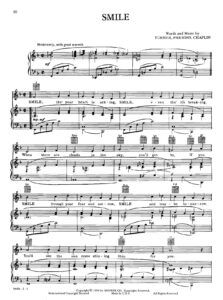 |
|
| Nat King Cole Song Album Of Recorded Hits |
 |
Nat King Cole Song Album Of Recorded Hits |
| Nat King Cole Unforgettable Piano, Vocal, Guitar Chords Legendary Performers Volume 9 |
 |
Nat King Cole Songbook |
| Natalie Imbruglia – Torn | ||
| Natasha Bedingfield – Love Like This | ||
| Natasha Pierre The Great Comet Of 1812 Vocal Selections of Te Musical |
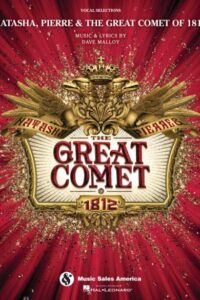 |
Natasha Pierre The Great Comet Of 1812 Vocal Selections of Te Musical |
| Nature Boy (Eden Ahbez) | ||
| Nausicaa of the valley of the wind | Nausicaa of the valley of the wind | |
| Navone, G. – 4 Composizioni Minuetto Preludio Pianto d un Bambino Preludio |
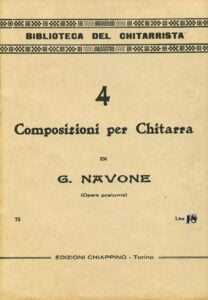 |
|
| Ne – Yo – Because Of You | ||
| Ne – Yo – Sexy Love | ||
| Ne – Yo – So Sick | ||
| Neat Feet (Musescore File).mscz | ||
| Ned Rorem Cycle Of Holy Songs For Voice And Piano |
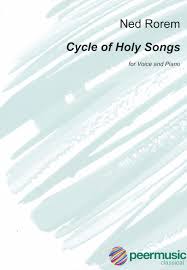 |
|
| Ned Rorem Early In The Morning | Ned Rorem Early In The Morning | |
| Ned Rorem String Quartet No. 4 |
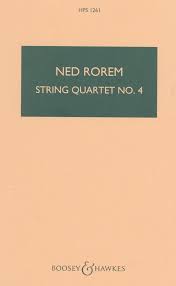 |
|
| Negro Spiritual Songbook Hayes 10 Spirituals For Solo Voice Med High Voice | Negro Spiritual Songbook Hayes 10 Spirituals For Solo Voice | |
| Nei giardini che nessuno sa (Renato Zero) | ||
| Neil Diamond The Essential Neil Diamond |
 |
 |
| Neil Diamond – He Ain’t Heavy He’s My Brother |
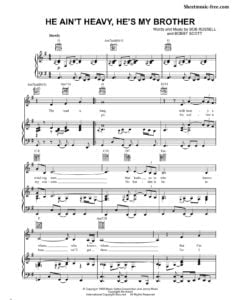 |
|
| Neil Diamond – Hello Again |
 |
|
| Neil Diamond 12 Greatest Hits Vol II |
 |
|
| Neil Diamond Anthology Second Edition Easy Guitar |
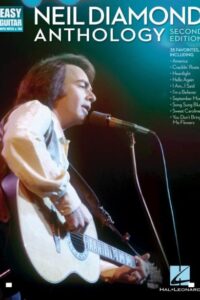 |
Neil Diamond Anthology Second Edition Easy Guitar |
| Neil Diamond Easy Piano Collection 2nd Edition |
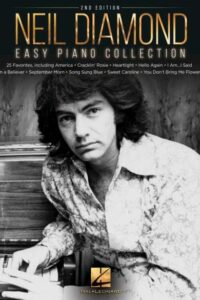 |
Neil Diamond Easy Piano Collection 2nd Edition |
| Neil Diamond September Morn |
 |
|
| Neil Gooding Back to the 80s (The awesome Musical) |
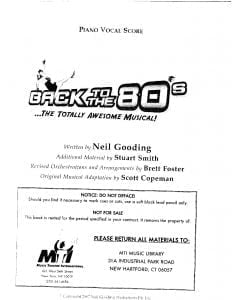 |
|
| Neil Sedaka – Breaking Up Is Hard To Do | ||
| Neil Young – Crazy Horse LIVE RUST 16 songs from the Movie Soundtrack |
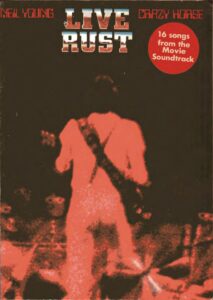 |
Neil Young – Crazy Horse LIVE RUST 16 songs from the Movie Soundtrack |
| Neil Young – The Best of Neil Young (Piano,Guitar & Voice Songbook) |
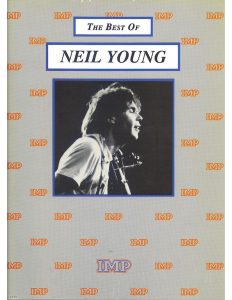 |
Neil Young – The Best of Neil Young |
| Neil Young After The Goldrush SongBook |
 |
Neil Young After The Goldrush Book |
| Neil Young Decade SongBook |
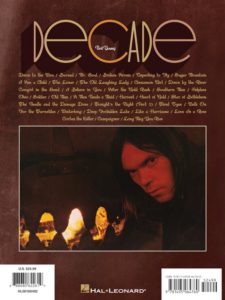 |
Neil Young Decade Book |
| Neil Young Greatest Hits Guitar Tab |
 |
Neil Young Greatest Hits Guitar Tab |
| Neil Young guitar anthology with Tablature |
 |
Neil Young guitar anthology |
| Nel cuore nell anima (Battisti) | ||
| Nelly Furtado – All Good Things | ||
| Nelly Furtado – Im Like A Bird | ||
| Neo Soul Guitar Book complete guide y Mark Lettieri Simon Pratt Kristof Neyens |
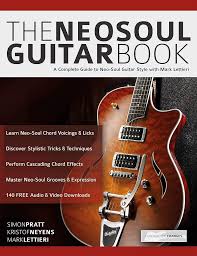 |
Neo Soul Guitar Book complete guide y Mark Lettieri Simon Pratt Kristof Neyens |
| Neon Genesis Evangelion – Fly Me To The Moon | Neon Genesis Evangelion – Fly Me to the Moon | |
| Nessun Dorma (Musescore File).mscz | ||
| Nettles And Graf.-The Chord Scale Theory & Jazz Harmony.-Advanced Music |
 |
|
| New Age Piano Made Easy – Edward Weiss |
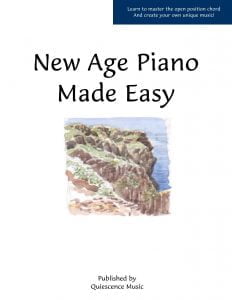 |
New age piano Edward Weiss |
| New Age Piano Techniques 1 |
 |
|
| New Age Solos Ultimate Piano Solos 39 of the best contemporary instrumentals |
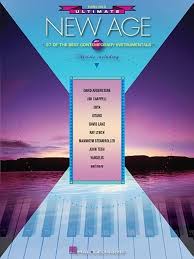 |
New Age Solos Ultimate Piano Solos 39 of the best contemporary instrumentals |
| New Born- Muse (Musescore File).mscz | ||
| New Ears For New Music Constantin Floros Kenneth Chalmers (Book) |
 |
|
| New Italian American Songbook, The Big Italian Hits made popular in America 2nd Edition Piano Vocal Guitar |
 |
New Italian American Songbook, The Big Italian Hits made popular in America 2nd Edition Piano Vocal Guitar |
| New Orleans Jazz Piano Solos Jazz Piano Solos Series volume 21 |
 |
New Orleans Jazz Piano Solos Jazz Piano Solos Series volume 21 |
| New Orleans RHYTHM & BLUES, The History of (Book) |
 |
|
| New Standards, The 64 Popular Modern Solos Piano Vocal Guitar chords |
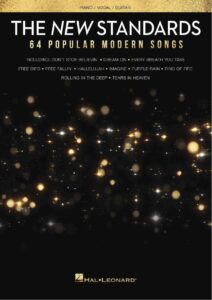 |
New Standards, The 64 Popular Modern Solos Piano Vocal Guitar chords |
| New World (Björk) | ||
| New York New York (Piano) |
 |
|
| New York State of Mind (Billy Joel) Jazz Piano Solo arr. sheet music |
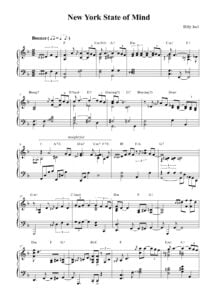 |
|
| New York Tango For Accordion By Richard Galliano | New York Tango For Accordion By Richard Galliano | |
| New York, New York John Kander Fred Ebb Jazz Standard arr. Carsten Gerlitz |
 |
|
| Newsies (Disney Musical) Piano Vocal Conductor score |
 |
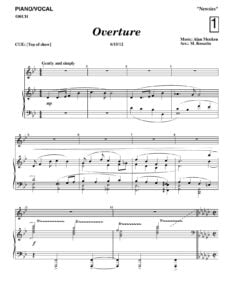 |
| Newsies Disney From The Broadway Musical Piano Vocal Selections |
 |
Newsies Disney From The Broadway Musical Piano Vocal Selections |
| Newsies JR Disney Musical Junior piano vocal score Conductor Score |
 |
Newsies JR Disney Musical Junior piano vocal score Conductor Score |
| Nicholas Britell – Succession HBO TV Series (Advanced Piano Solo Arr.) | Nicholas Britell – Succession HBO TV Series (Advanced Piano Solo Arr.) | |
| Nicholas Britell – Succession HBO TV Series (Piano Solo arr.).mscz | ||
| Nicholas Britell – Succession Main Theme Easy Piano Solo Arr |
 |
|
| Nicholas Britell – Succession Main Theme HBO TV Series Easy Piano Solo arr.mscz | ||
| Nick Cave Anthology Songbook |
 |
Nick Cave Anthology Songbook |
| Nick Cave Idiot Prayer Nick Cave Alone At Alexandra Palace Piano Vocal Guitar |
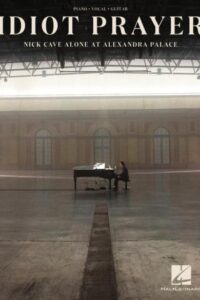 |
Nick Cave Idiot Prayer Nick Cave Alone At Alexandra Palaceed |
| Nick Drake Man In A Shed Guitar Tabs | Nick Drake Man In A Shed Guitar Tabs | |
| Nick Drake One Of These Things First Guitar Tabs | Nick Drake One Of These Things First Guitar Tabs | |
| Nick Drake Pink Moon Guitar Tabs | Nick Drake Pink Moon Guitar Tabs | |
| Nick Drake Things Behind The Sun Guitar Tabs | Nick Drake Things Behind The Sun Guitar Tabs | |
| Nick Lucas Chord Rhythm And Fill In Book For Guitar |
 |
Nick Lucas Chord Rhythm And Fill In Book For Guitar |
| Nick Lucas Keystone Folio For Guitar Plectrum Style | Nick Lucas Keystone Folio For Guitar Plectrum Style | |
| Nick Lucas Plectrum Guitar Method Volume 1 |
 |
Nick Lucas Plectrum Guitar Method Volume 1 |
| Nickel Creek Transcribed Scores Piano Vocal guitar TAB |
 |
|
| Nickelback – How You Remind Me | ||
| Nickelback – Rockstar | ||
| Nickelback All The Right Reasons Guitar Songbook With Tablature |
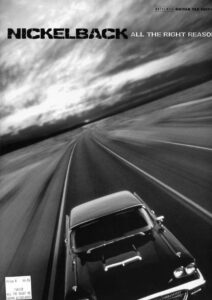 |
Nickelback All The Right Reasons Guitar Songbook With Tablature |
| Nickelback The Long Road Songbook Guitar TABs |
 |
Nickelback The Long Road Songbook Guitar TABs |
| Nico Rojas Lay y Egues Guitar Notation With Tablature | Nico Rojas Lay y Egues Guitar Notation With Tablature | |
| Nicolas Slonimsky Thesaurus Of Scales And Melodic Patterns |
 |
|
| Nicolas Slonimsky Writings On Music Russian And Soviet Music (Book) |
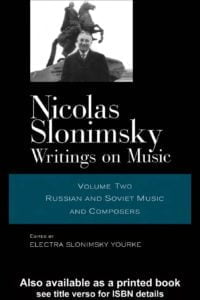 |
|
| Niente di più (Lunapop) | ||
| Nier – City Ruins – Rays Of Light Piano Solo |
 |
|
| Nier Automata – Peaceful Sleep Piano Solo |
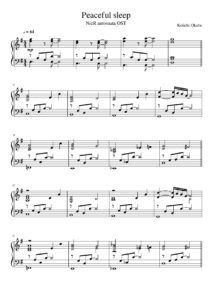 |
|
| Nier Automata – Weight Of The World – Piano Collections |
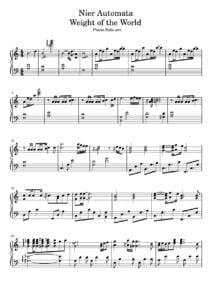 |
|
| Nier Automata Piano Collections Weight Of The World (Musescore File).mscz | ||
| Nietzsche – Da geht ein Bach |
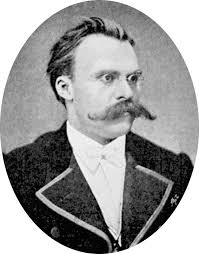 |
|
| Nietzsche – Das Fragment an sich | ||
| Nietzsche – Heldenklage | ||
| Nietzsche Aus der Jugenzeit 7 Lieder n. 1 | ||
| Nietzsche Unenlich! 7 Lieder no. 4 | ||
| Nightnoise The Music Of Nightnoise (piano solo) | Nightnoise piano solo | |
| Nights In White Satin – The Moody Blues (Easy Piano Solo Sheet Music) (Musescore File).mscz | ||
| Nightswimming (Musescore File).mscz | ||
| Nikita Koshkin – Collection Of Guitar Solos |
 |
|
| Nikita Koshkin The Fall of Birds |
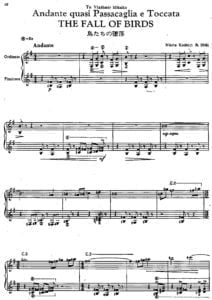 |
|
| Nikki Iles Friends Easy To Intermediate ABRSM |
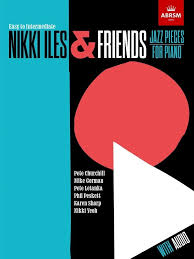 |
Nikki Iles Friends Easy To Intermediate |
| Nikki Iles Here’s That Rainy Day (Jazz Standard) |
 |
|
| Nikki Iles Jazz in Autumn 9 pieces for jazz Piano |
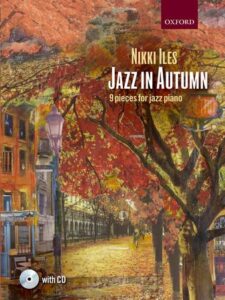 |
Nikki Iles Jazz in Autumn 9 pieces for jazz Piano |
| Nikki Iles Jazz in Springtime 9 pieces for jazz Piano |
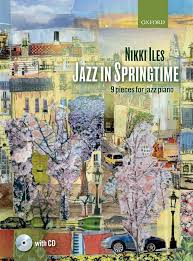 |
Nikki Iles Jazz in Springtime 9 pieces for jazz Piano |
| Nikki Iles Jazz on a Summer’s Day 9 pieces for jazz Piano |
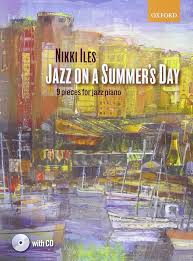 |
Nikki Iles Jazz on a Summer’s Day 9 pieces for jazz Piano |
| Nikki Iles Jazz on a Winter’s Night 11 classics for jazz Piano |
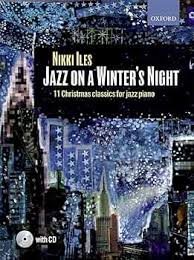 |
Nikki Iles Jazz on a Winter’s Night 11 classics for jazz Piano |
| Nikki Iles Piano Tales For Alice Grades 1-3 ABRSM |
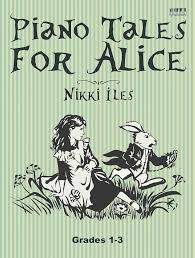 |
|
| Nikki Yeoh Berry’s Smoothie ABRSM Piano Exam Pieces Grade 1 2025 2026 |
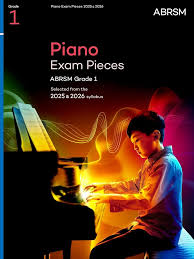 |
|
| Nikolai Sheiko Miniature Instant |
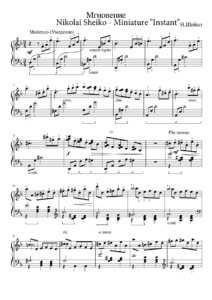 |
|
| Nikolai Sheiko Prelude |
 |
|
| Nikos Mamangakis 22 Pieces For Solo Guitar |
 |
Nikos Mamangakis 22 Pieces For Solo Guitar |
| Nils Frahm – Ambre | Ambre Nils Frahm | |
| Nils Frahm – My Friend The Forest |
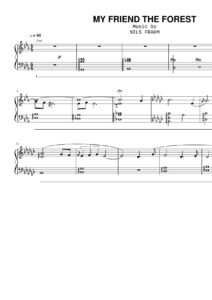 |
|
| Nils Frahm Anthology from Eins and Zwei (Piano) |
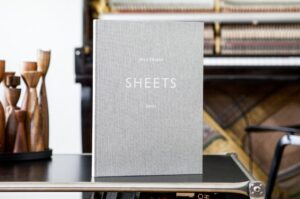 |
Nils Frahm Anthology from Eins and Zwei (Piano) Contents |
| Nina Simone – Dont Let Me Be Misunderstood Guiar TABs | Nina Simone – Dont Let Me Be Misunderstood Guiar TABs | |
| Nina Simone – Feeling good The Very Best of |
 |
Nina Simone Feeling good |
| Nina Simone – Play Piano with (including audio MP3 tracks) |
 |
Nina Simone Play Piano with |
| Nina Simone I Wish I Knew How To It Would Feel To Be Free Arr. By Willie Myette Piano Vocal Guitar | Nina Simone I Wish I Knew How To It Would Feel To Be Free Arr. By Willie Myette Piano Vocal Guitar | |
| Nina Simone My baby just cares for me | Nina Simone My-baby-just-cares-for-me | |
| Nina Simone Princess Noire The Tumultuous Reign of Nina Simone (Book Biography) by Nadine Cohodas |
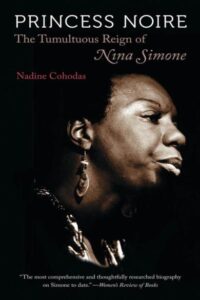 |
|
| Nina Simone, Best of – Original Keys for Singers – Nina Simone sheet music |
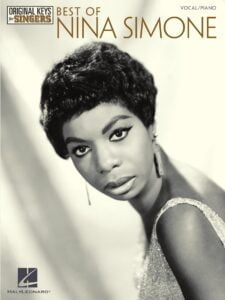 |
Nina Simone, Best of – Original Keys for Singers – Nina Simone sheet music |
| Nine Grands Solos De Concert For Trumpet And Piano (Vintage Sheet Music 1945) Contest Solos |
 |
Nine Grands Solos De Concert For Trumpet And Piano (Vintage Sheet Music 1945) Contest Solos |
| Nine Inch Nails – Discipline | ||
| Nine Inch Nails – Ghost1 | ||
| Nine Inch Nails – Pretty Hate Machine (Songbook) (Nine Inch Nails) Piano Vocal Guitar |
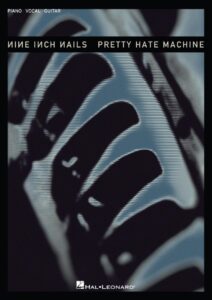 |
Nine Inch Nails – Pretty Hate Machine (Songbook) (Nine Inch Nails) Piano Vocal Guitar |
| Nine Inch Nails – The Fragile Bridge | ||
| Nine Inch Nails Adrift And At Peace By Trent Reznor |
 |
|
| Nine Inch Nails Piano Non Entity (Piano Vocal Sheet Music) |
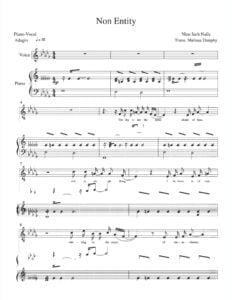 |
|
| Nineteenth Century Piano Music A Handbook For Pianists (By Kathleen Dale) (1954) | Nineteenth Century Piano Music A Handbook For Pianists (By Kathleen Dale) (1954) | |
| Nino Bravo Un Beso Y Una Flor Partitura (Piano Solo Sheet Music) |
 |
|
| Nino Bravo – Noelia (Piano and vocal) |
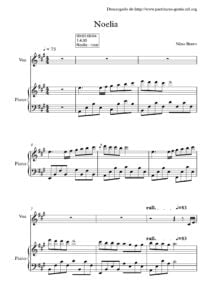 |
|
| Nino Ferrer Le Sud Guitar Tabs |
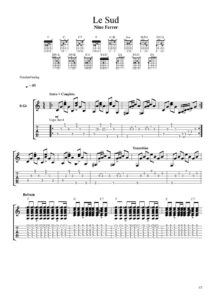 |
|
| Nino Ferrer Luz Casal Un Año De Amor Luz Casal C’est Irreparable |
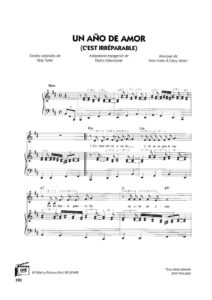 |
|
| Nino Ferrer Top Partitions Sheet Music Collection Piano Vocal Guitar chords |
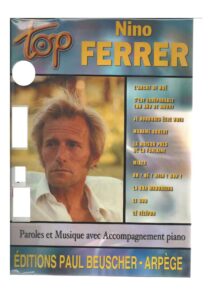 |
Nino Ferrer Top Partitions Sheet Music Collection Piano Vocal Guitar chords |
| Nino Rota The Godfather Waltz (Easy Guitar Arr.) Sheet Music And Tab | Nino Rota The Godfather Waltz (Easy Guitar Arr.) Sheet Music And Tab | |
| Nino Rota – A Time For Us – Romeo And Juliet (Musescore File).mscz | ||
| Nino Rota – Godfather Theme For Guitar |
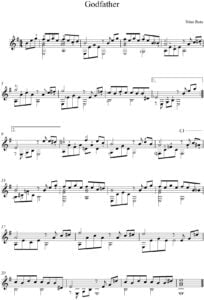 |
|
| Nino Rota – Legend of the Glass Mountain – Solo Piano |
 |
|
| Nino Rota – The Godfather Songbook |
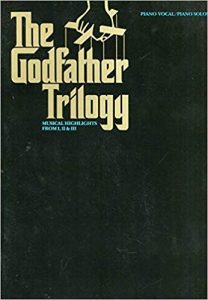 |
“Nino Rota The Godfather Trilogy Piano Vocal Guitar Songbook Contents |
| Nino Rota – The Godfather Waltz (Easy Guitar Arr.) (Musescore File).mscz | ||
| Nino Rota 15 Preludi Fifteen Preludes |
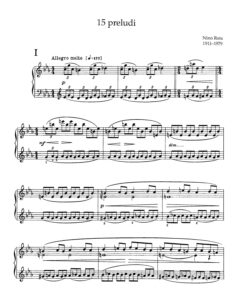 |
|
| Nino Rota 5 Pezzi Facili For Flute And Piano |
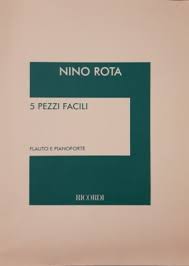 |
|
| Nino Rota A Time For Us Love Theme From the OST Piano Solo |
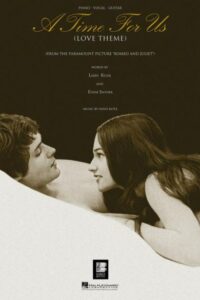 |
|
| Nino Rota A Time For Us Romeo and Juliet Love Theme Guitar |
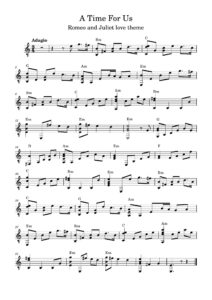 |
|
| Nino Rota Amarcord | Nino Rota Amarcord (Piano Solo) | |
| Nino Rota Concerto for Trombone And Orchestra Reduction for Trombone and Pianoforte |
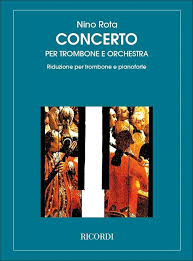 |
|
| Nino Rota Intermezzo For Viola And Piano 3rd Movt. |
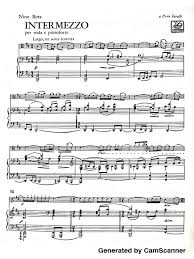 |
|
| Nino Rota La Dolce Vita (The Sweet Life) Piano Guitar Chords |
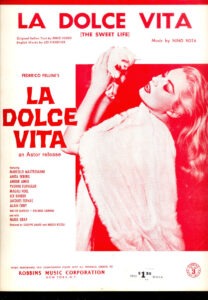 |
|
| Nino Rota La Dolce Vita Piano Guitar Chords | Nino Rota La Dolce Vita Piano Guitar Chords | |
| Nino Rota Love Theme from The GodFather |
 |
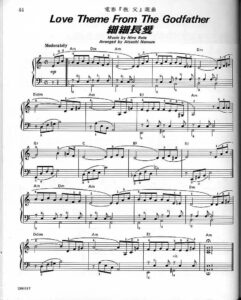 |
| Nino Rota Plein Soleil Purple Noon |
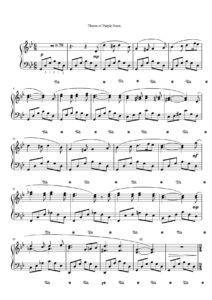 |
|
| Nino Rota Sette Pezzi Per Bambini Ippolito Gioca (Piano) |
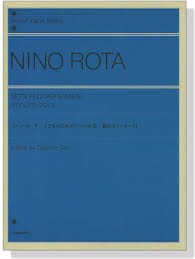 |
|
| Nino Rota Sonata In Re For Clarinet And Piano |
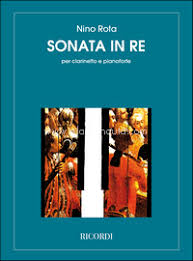 |
|
| Nino Rota Suite Del Casanova Di Federico Fellini Piano Solo |
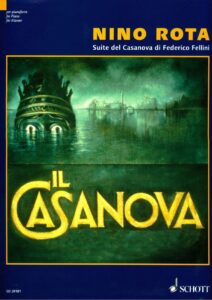 |
|
| Nino Rota The best of |
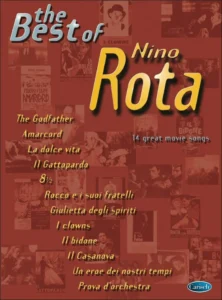 |
Nino Rota – The Best Of |

